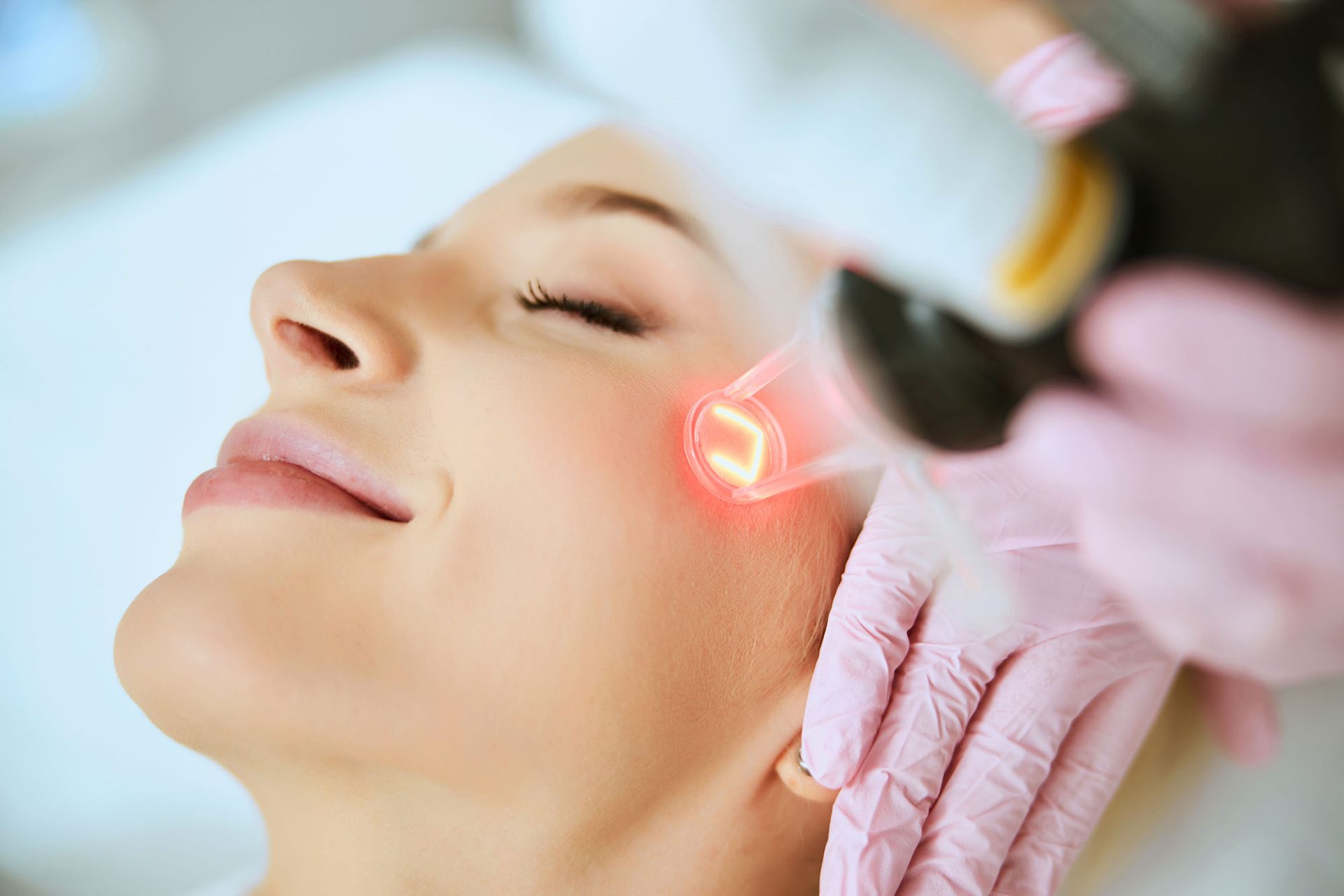Pigmentation Treatment

What is melasma?
Melasma is an acquired pigmentation disorder commonly affecting women. It is also commonly known as chloasma, which is the mask of pregnancy. The word melasma itself is derived from the Greek work Melas, which means black. Melasma also affects men, but to a much lesser extent.
Melasma is characterised by irregular brown to brown gray patches on face. Melasma is more common in darker skin types Fitzpatrick skin types III-VI.
There are three main clinical patterns: centrofacial (more than half of cases), malar and mandibular.
Also classified by depth of involvement, epidermal and dermal melasma. Epidermal melasma affects the more superficial layer of skin, whereas dermal melasma is deeper. Most cases are comprised of a mixed type, where both epidermal and dermal types exist together.
Other pigmentary disorders
Freckles are usually much smaller patches of pigmentation, which occur more commonly among fairer skin types as opposed to melasma which occurs more commonly among darker skin types. Freckles may occur from a very young age, whereas melasma occurs during a woman’s reproductive age due to the association with female hormones.
Solar lentigines are induced by UV light exposure. They appear as sharply circumscribed, uniformly pigmented macules that are located predominantly on the sun-exposed areas such as the face, back of the hands, the shoulders, and the scalp. Lentigines are a result of hyperplasia of keratinocytes and melanocytes, with increased accumulation of melanin in the keratinocytes.
Postinflammatory pigmentation is temporary pigmentation that follows injury or inflammatory disorder of the skin, such as acne. It is mostly observed in darker skin types Fitzpatrick IV-VI. Postinflammatory pigmentation is also called acquired melanosis.
Acquired bilateral nevus of ota like macules (ABNOM) are blue-gray to gray brown patchy and spotty pigmentation appearing bilaterally on the cheeks. It may be difficult to differentiate from melasma, but ABNOMs are typically more clustered, discrete and bluish in colour as opposed to brown. The pathophysiology of ABNOM is unknown, but may be due to activation of ectopic dermal melanocytes. Unlike the other pigmentation disorders, ABNOMs are located deep in the dermis layer and therefore do not respond well to topical treatment.
What causes Melasma?
Although the exact cause of melasma is unknown, we do know the associated risk factors. Melasma has the hallmarks of photoaging skin disorder, including solar elastosis, increased mast cells, altered basement membrane and increase in vascularity.
Well established risk factors include sun exposure. Melasma is especially common in Malaysia because we have the sun all year long. UV radiation induces reactive oxygen species. Patients with melasma are found to have higher markers of oxidative stress.
About half of the cases melasma have positive family history. If you have a family member with melasma, then you are likely to be affected as well. Avoiding other risk factors may significantly reduce your risk.
Hormones play a significant role, with increased prevalence in seen in pregnancy, oral contraceptive usage and other hormonal therapies. Estrogen plays a role through estrogen mediated melanocyte stimulation. If you have other risk factors for developing melasma, then it is recommended that you choose alternative forms of contraception.
Topical treatment
Sunblock
Role of broad spectrum sunscreen was found to be beneficial in melasma management. This should be obvious enough, as one of the main risk factors for developing melasma is UV radiation from sun exposure. Patients with melasma should be applying at least SPF30 daily to reduce pigmentation following sun exposure. Dr Bob Remedies Sunblock is rated at SPF46.
Depigmenting agents
Depigmenting agents work by inhibiting tyrosinase, which prevents conversion of DOPA to melanin. Pigment lightening usually can be seen in 5-7 weeks.
A triple combination therapy containing depigmenting agent, Vitamin A derivative and topical anti-inflammatory agent was the first combination topical therapy to obtain US FDA approval. Triple combination therapy found to be superior to depigmenting agent monotherapy.
The side effect of depigmenting agents include that it can cause irritant dermatitis in some individuals. Long term usage can lead to exogenous ochronosis. Due to these concerns, there is a need to find safer alternatives.
Arbutin
Arbutin is an extract from the Bearberry plant. It is one of the most efficient skin lighteners, reducing skin pigmentation by competitively inhibiting tyrosinase. Dr Bob Remedies contains Alpha Arbutin, which is the more stable and effective form of Arbutin.